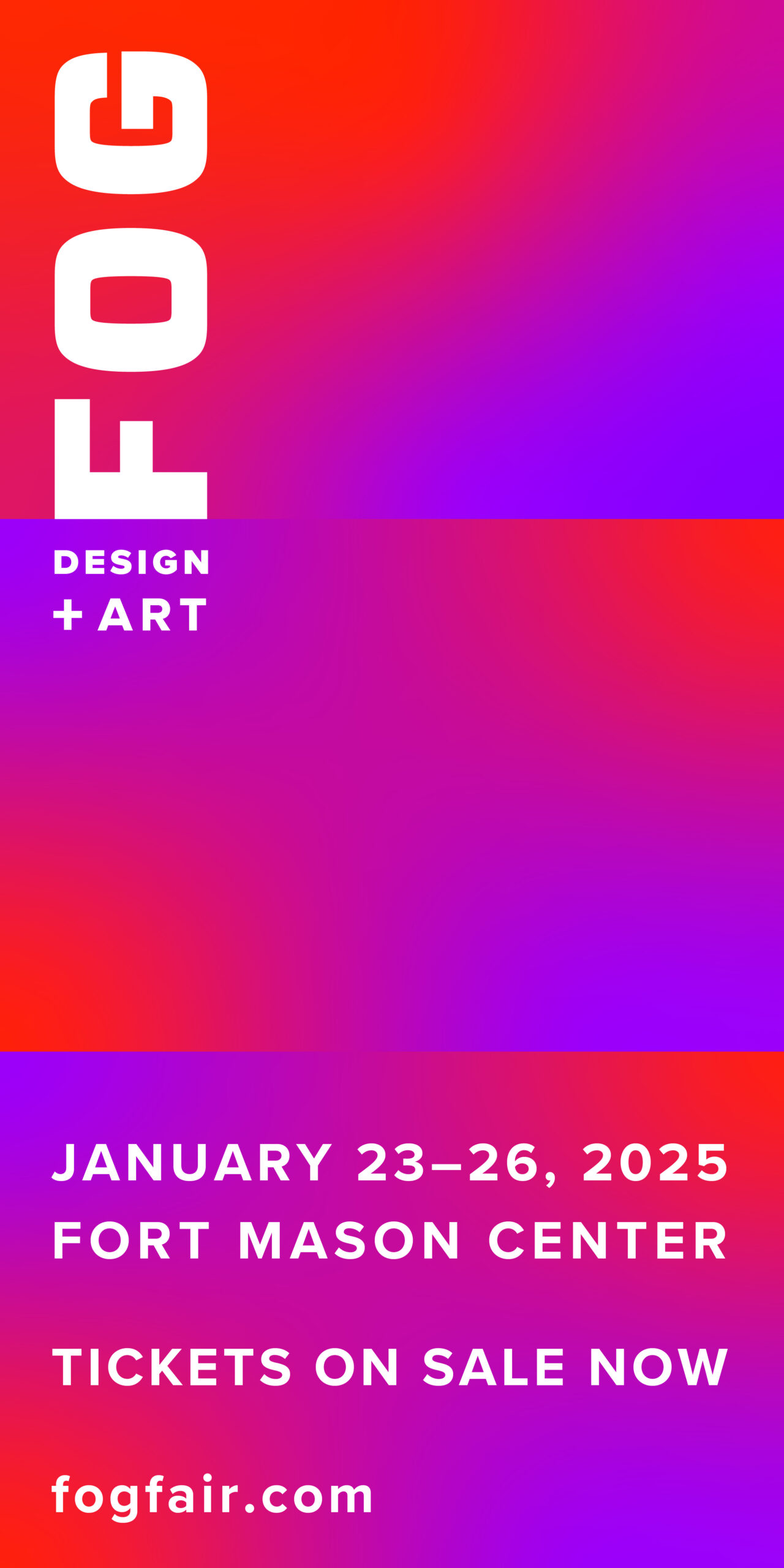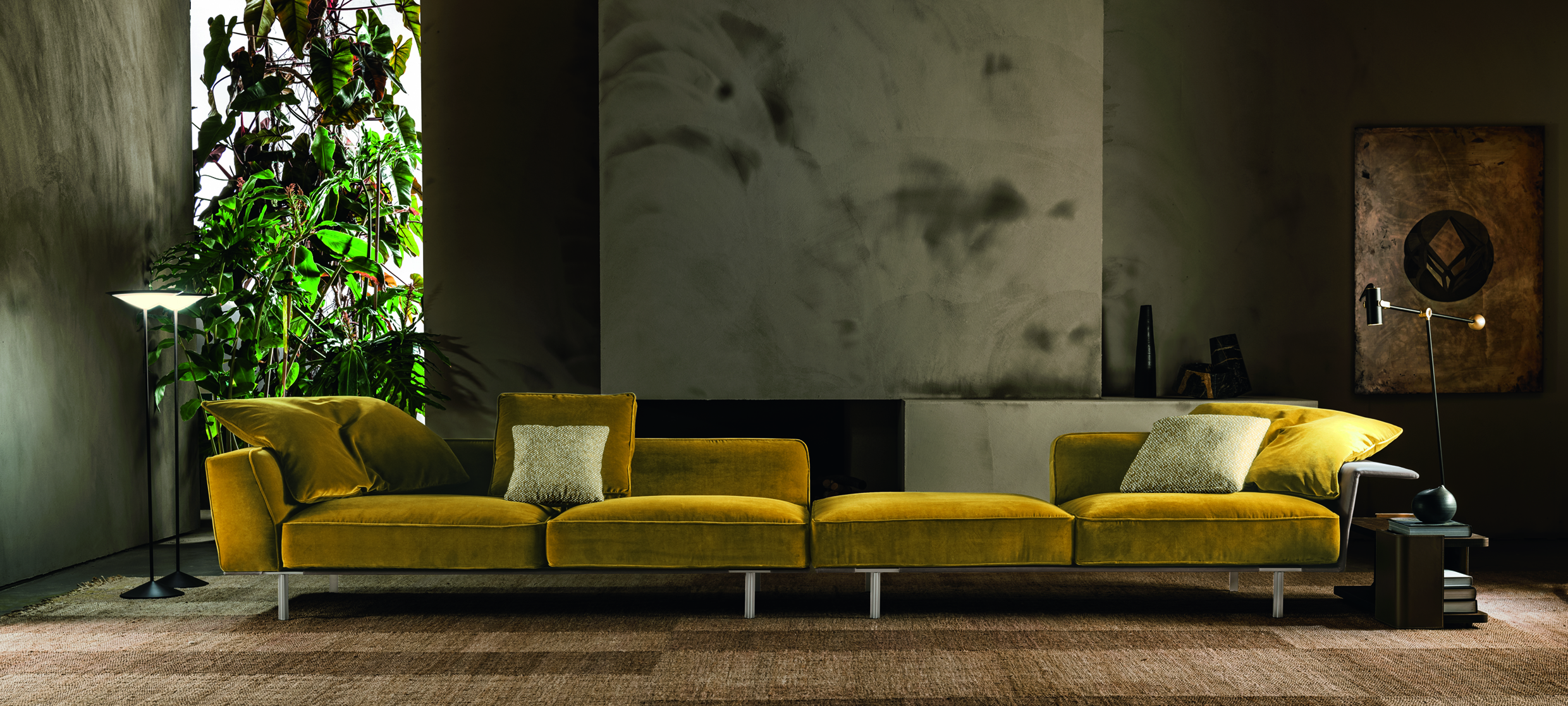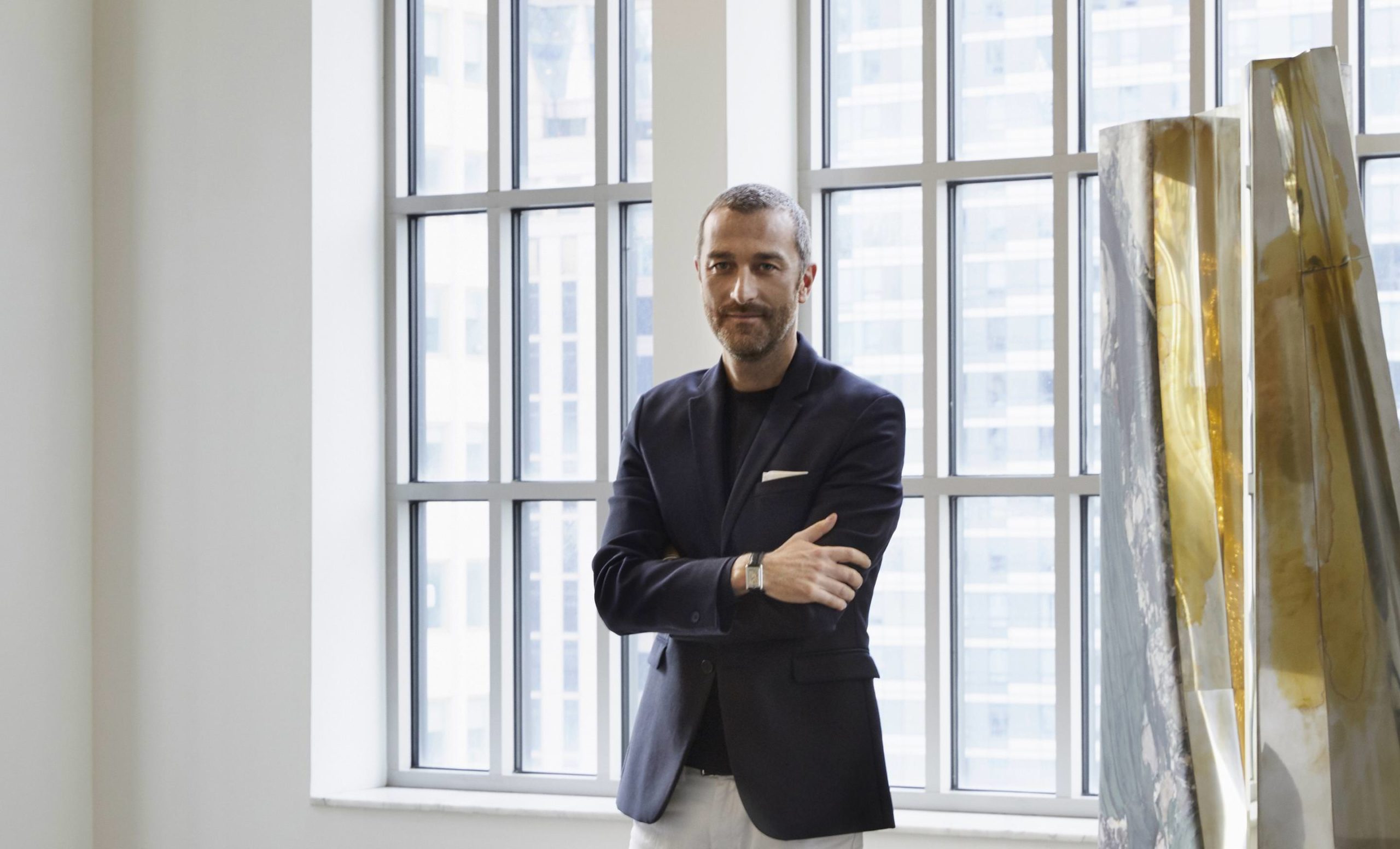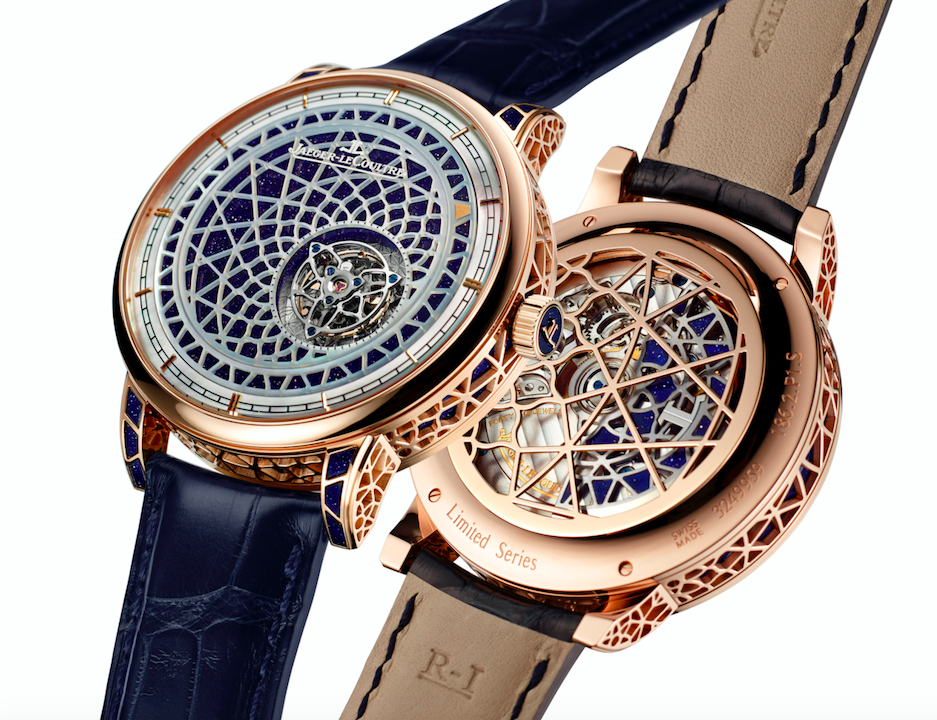Earlier this month, “O’Clock: Time Design, Design Time” opened at the CAFA Art Museum in Beijing, China. On view through April 10, the exhibition debuted at Milan’s Triennale Design Museum in 2011. Whitewall had the chance to view the incredible show, made in partnership with Officine Paneria and curated by Patricia Urquiola, in Milan and wrote about it in our summer 2012 issue.
—–
The watch world is no stranger to elaborate presentations, as anyone who has visited Baselworld or SIHH would know. But one of the smartest — and honestly, fun — exhibitions we’ve seen involving time had to be the Triennale Design Museum in Milan’s “O’Clock: Time Design, Design Time,” on view last fall and winter. It was curated by Silvana Annicchiarico and Jan van Rossem, designed by Patricia Urquiola, and created in partnership with Officine Panerai (whose watches also got the Urquiola treatment in a special underwater installation at the museum).
We were there at the opening on October 10, along with dozens of journalists; the president of the museum, David Rampello; the president of Fondazione Museo del Design, Arturo Dell’Acqua Bellavitis; Panerai CEO Angelo Bonati; the curators; and Urquiola. Before entering the exhibition hall, we had to decide if we wanted to take the “normal” track or the fast track. The cleverness of this show had already revealed itself. At the press conference earlier in the evening Patricia Urquiola said about the two tracks, “The two alternatives raise the question of how to live in the present: by following chronological linearity and so seconding Kronos, or by understanding time as not linear but made up of intervals, instants, and leaps, and so seeking to grasp Kairos.” Had we been visiting the museum during a short stay in Milan, we would have chosen the fast track, but since we had ostensibly all night, we went through an entryway that called to mind the phrase “headed down the rabbit hole.” It wouldn’t be the last time Alice in Wonderland was referenced.
“O’Clock” was broken down further into three sections: objects that measure time, objects that traverse time, and objects that represent time. The first room was lit by black light, with neon-green lines and frames leading you along. We soon took delight in looking at a work or object and trying to figure out how it measured time. After studying and taking a guess, at say Georgios Maridakis’s 2009 Vase Clock, a white Sèvres porcelain vase attached to a beachwood hammer mechanism, we could read on a small plaque about how the hammer hit the vase every hour, eventually cracking and breaking it, “as if to say that time beats and beats and beats, and in the end it cracks, divides and breaks.” At the end of a room was a massive measurer of time, Darren Almond’s Mono Chrono Pneumatic Black (2003). Every minute it changed its 13-by-14-foot shape to read the time, a sound that echoed throughout the hall. It evoked the rigidity of time and whispered of Judgment Day.
The second room was not as darkly lit and included more installations and fewer objects to show lapse of time. In Albin Karlsson’s 0,5G/MIN (2007), a container full of boiling hot wax revolves on the ceiling one revolution per hour, dripping wax onto the floor every hour. When we were there, only a faint halo of off-white wax lay on the floor, but over the next few months it would rise to form a cylinder of increasing height. A crowd had formed around a piece hinted at earlier by Bonati, when he said, “Damien Hirst has always been an avid collector of my watches.” There was one of Hirst’s spin paintings, covered in Panerai dials and titled Beautiful Sunflower Panerai Painting (2011).
The last room displayed objects that represented time. There was a work by Christiaan Postma composed of a canvas covered in clock hands. As the next hour approached, somewhere on the canvas the hands would work to form the word “three.” As the hour passed on, “three” would fade as “four” emerged. Oscar Diaz’s Poster Plants (2011) featured an outline of a tree in white attached to a vial of green paint. Over time, the green paint is absorbed by the “growing” paper tree.
The finale of “O’Clock” was Hurry Up! Hurry UP! (2011) by Urquiola and DEIS Bologna. Projected on the floor was an interactive animation of Alice’s rabbit. We stood in the middle of the projection, and the agitated White Rabbit scurried over to our feet, pulled out its pocket watch, and anxiously reminded us of the time (were we late?) before dashing down a rabbit hole. We almost congratulated ourselves that we had spent time at nearly every piece in the show thus far. But that tricky rabbit left us wondering whether we should have taken the fast track after all — the Kronos and Kairos inside us were left to duke it out.










